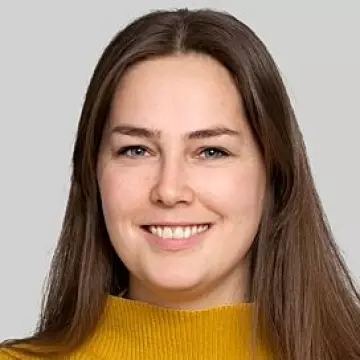Kennedy promises to find the cause of autism by September. "Unrealistic," says Norwegian expert
The US Secretary of Health believes vaccines may be to blame for the extreme rise in autism. “This has been refuted by high-quality studies,” says Norwegian expert.
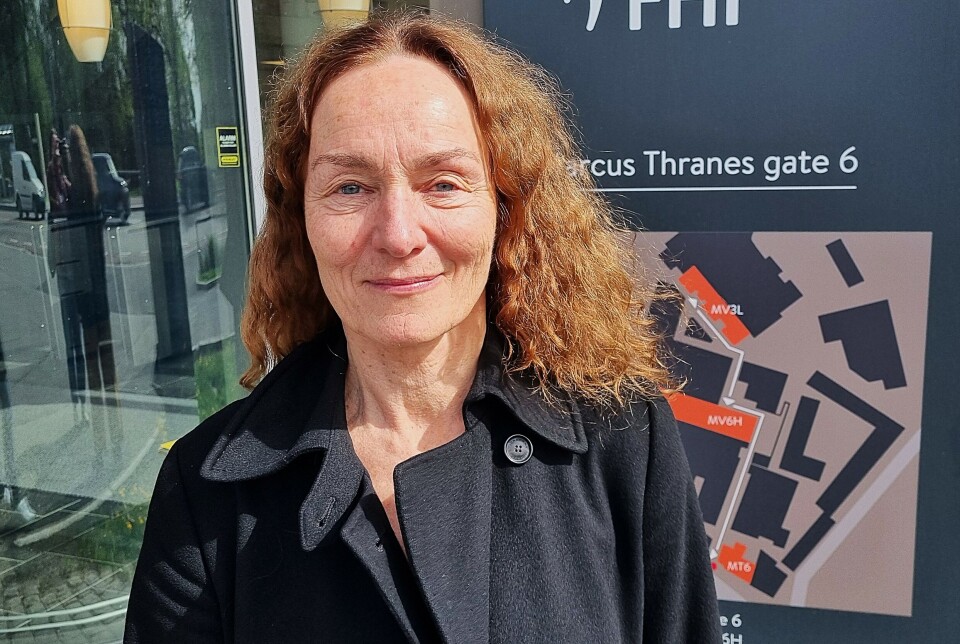
US Secretary of Health, Robert F. Kennedy Jr., says he will find out why so many American children are being diagnosed with autism.
It affects 3.2 per cent of all American 8-year-olds, according to the US Centers for Disease Control and Prevention (CDC).
The increase has been dramatic since the early 2000s. From 1 in 150 children in the year 2000 to 1 in 31 children in 2025.
Kennedy calls it an epidemic.
Now he promises to have the answer to what causes autism by September this year.
“That's unrealistic,” says Camilla Stoltenberg, who is now the CEO of the Norwegian research centre NORCE. She served as director of the Norwegian Institute of Public Health from 2012 to 2023.
Suspects environmental factors
“Having a goal to find the causes of autism is ambitious and commendable. But I strongly doubt that it will be realistic by September,” Stoltenberg tells Science Norway.
“That requires that they have access to a type of data that I'm not aware of,” she says.
Kennedy believes that the reason for the extreme increase in autism lies in environmental factors, and not in genetics.
He specifically believes the measles vaccine is a possible cause.
You can watch Kennedy's press conference on April 16, 2025, here.
Vaccine scepticism
Kennedy has been sceptical of vaccines for many years, especially the one for measles. He believes the vaccine has harmful side effects and that there is a connection between the MMR (measles, mumps, and rubella) vaccine and autism, according to this article on Science Norway.
However, Stoltenberg emphasises that this theory has been thoroughly debunked.
“The link between the MMR vaccine and autism has been refuted by high-quality studies. Even when a hypothesis is weakened, some doubt can remain – but in this case, the doubt is extremely minimal,” she says.
Kennedy has hired a controversial researcher, David Geier, to lead the autism project. Geier is a well-known vaccine sceptic.
Despite his own vaccine scepticism, Kennedy has now recommended that people take the MMR vaccine in connection with the ongoing measles outbreak in the USA. He announced this himself on X.
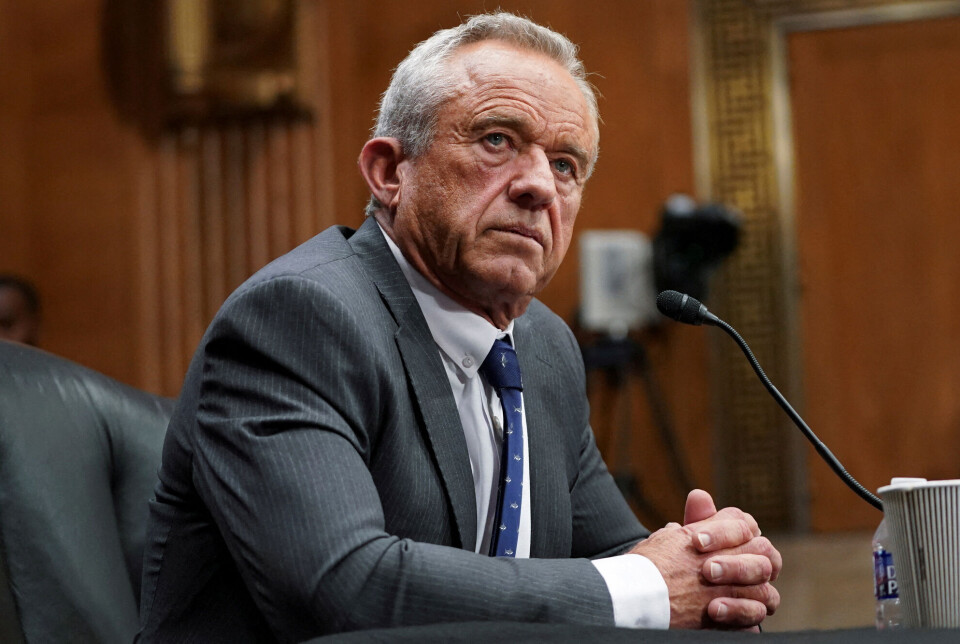
Not interested in a genetic explanation
Kennedy believes researchers have focused too much on genetics – the idea that autism is inherited.
But that focus is well-founded, says Alexandra Havdahl, researcher and centre director at the Norwegian Institute of Public Health.
She explains that over 100 rare genetic variants have been identified that increase the risk of developing autism. Researchers at the University of Oslo and Oslo University Hospital also wrote about this in this op-ed on forskning.no (link in Norwegian).
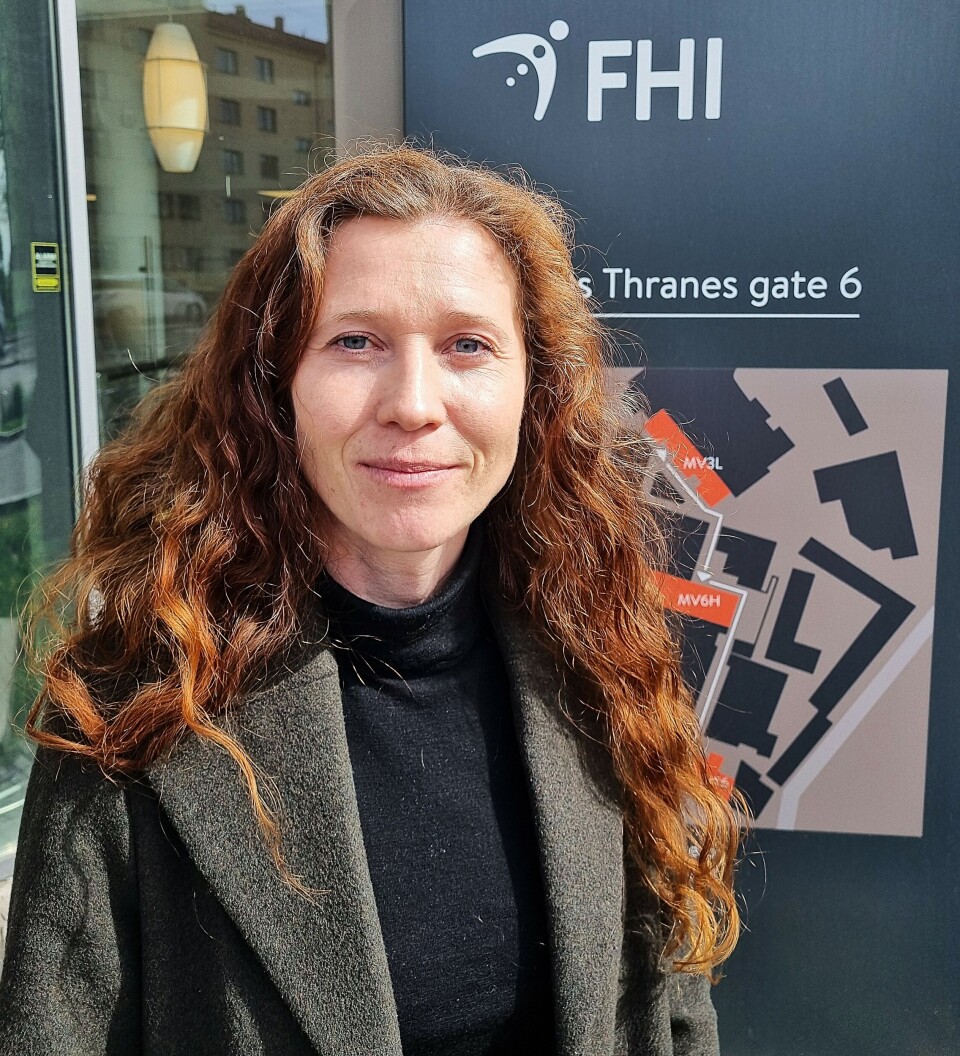
“There are also common genetic variants, which individually have a small effect, but together can significantly influence the likelihood of autism,” says Havdahl.
In fact, research shows that genetic factors account for about 80 per cent of the likelihood of developing autism.
“So we know genetics plays a major role,” says Havdahl.
The effect may vary
For some, autism may be almost entirely due to genetics, while for others, environmental influences could be more significant, says Camilla Stoltenberg.
“But this is incredibly difficult to determine,” she says. “You would need truly solid data.”
Even if environmental factors are involved, individuals would likely need a genetic predisposition for those factors to have an effect. But this has not been clearly proven, Stoltenberg points out.
“Still, it’s a plausible idea, especially since we see similar patterns with other conditions and diseases,” she says.
Increase in Norway too
Just like in the US, more people in Norway are being diagnosed with autism.
More girls, in particular, are being diagnosed.
“Since autism became a recognised diagnosis in the 1970s, it has gone from being extremely rare to fairly common,” says Havdahl.
Most viewed
Currently, between two and three per cent of all children and adolescents in Norway receive an autism diagnosis.
This is also the case in Sweden, Denmark, and England.
The big question: Why has the number increased?
Robert Kennedy Jr. is not the only one seeking answers about the rise in autism diagnoses.
The Norwegian Institute of Public Health is also trying to find answers. Their current findings suggest the most likely explanation is changes in how autism is diagnosed.
Doctors and the general public now have greater awareness of autism, leading to more cases being identified – and at younger ages.
“We're now detecting a wide range of autism conditions,” says Havdahl.
Children from low-income families
There have also been changes in who is being diagnosed with autism.
“There’s been an increase in diagnoses among groups that were previously underrepresented and possibly underdiagnosed,” says Havdahl.
This includes children from low-income families and those with minority backgrounds.
One theory is that many people in these groups were previously given other diagnoses – or perhaps received no diagnosis or help at all.
“We’re seeing a major shift in the makeup of children, adolescents, and adults being diagnosed with autism. Understanding this shift is key to identifying their specific needs and determining what kind of support is most effective,” says Havdahl.
Cannot rule out other factors
Even though many researchers believe the rise is mainly due to changes in diagnostic criteria, this does not rule out other contributing factors, says Stoltenberg.
A number of studies have found connections between autism and things that happen during pregnancy. These include diet, supplements, infections, metabolic diseases, medications, and exposure to toxins.
All of these are considered environmental factors.
“But in many cases, the evidence for a causal link is weak, especially because it's hard to rule out alternative explanations, such as shared genetic predisposition between parents and children,” says Havdahl, adding:
“This kind of research requires very large, rich datasets and advanced methods.”
Premature birth
Another factor that is often mentioned when talking about the rise in autism cases is the societal changes over the past 20 years.
For instance, there have been major medical advances related to premature birth and other pregnancy complications.
A study of identical twins in Sweden shows that low birth weight can be linked to autism.
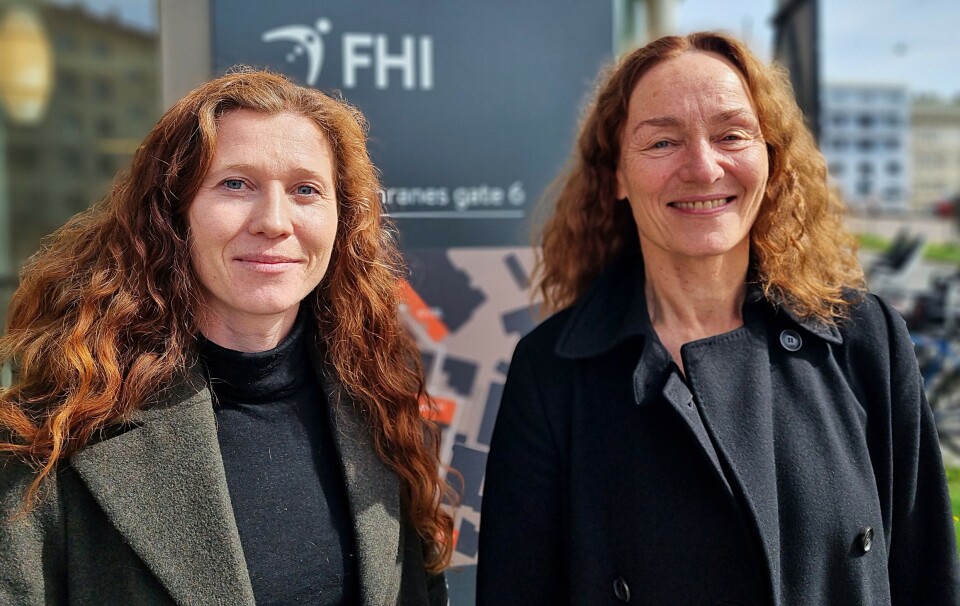
Another factor is the age of the parents.
Today’s first-time parents are generally older than they were 20 to 30 years ago. Research suggests that children born to older parents have a greater chance of being diagnosed with autism.
For instance, a study from the Norwegian Institute of Public Health found that fathers aged 50 or older had a 66 per cent higher likelihood of having a child diagnosed with autism than fathers in their 20s.
How much do we really know about autism?
While Camilla Stoltenberg rejects the US Secretary of Health’s theory that vaccines or other environmental factors are behind the rise in autism, she agrees on two critical points: we still don’t know enough, and more research is necessary.
“Still, we know a lot more than we did in 2000. And we know a lot more about how important genetics are in the development of autism. So ignoring the genetic components is not an option. There are many different types of genes and genetic mechanisms that can increase the likelihood of autism,” she says.
Havdahl agrees:
“We’re in a much better position now than we were 25 years ago to explore and explain what we’re seeing. But there's still not enough knowledge about how to adapt care and health services to meet the wide range of needs among people on the autism spectrum. So it's important that we investigate this further,” she says.
———
Translated by Nancy Bazilchuk
Read the Norwegian version of this article on forskning.no







